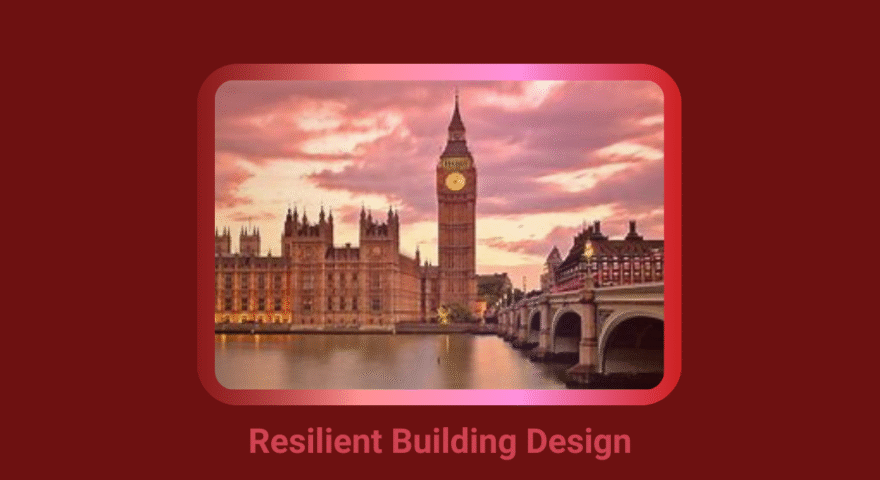Resilient Building Design: Preparing for the Unexpected

In an era marked by increasingly unpredictable weather patterns, natural disasters, and sophisticated cyber threats, resilient building design has emerged as a paramount consideration for building services companies in the UK. The goal is clear – to enhance the resilience and reliability of building services against a multitude of potential disruptions. Here, we explore the key design strategies that ensure buildings are not only robust in the face of physical disasters but also secure against digital threats.
Understanding Resilient Building Design
Resilient building design encompasses a holistic approach to designing, constructing and maintaining buildings that can withstand and rapidly recover from adverse events. This involves integrating advanced technologies, sustainable materials, and strategic planning to mitigate risks and enhance the longevity and functionality of building services. Key areas of focus include structural integrity, energy resilience, cybersecurity, and adaptive systems.
Structural Integrity and Robustness – The foundation of any resilient building is its structural integrity. Employing advanced engineering techniques and materials can significantly enhance a building’s ability to withstand natural disasters such as earthquakes, floods, and storms. Seismic-Resistant Structures: In regions prone to earthquakes, implementing seismic-resistant design features, such as base isolators and reinforced frameworks, can prevent catastrophic damage. Flood-Resilient Design: For areas at risk of flooding, elevating the building’s base, using flood barriers, and installing advanced drainage systems can mitigate water damage.
Wind-Resistant Construction: In hurricane-prone zones, aerodynamic designs and reinforced roofing and cladding systems are critical to withstand high winds and flying debris. We have recently worked with Abstruct who are specialists in the field and can be found at www.abstruct-consult.com
Energy Resilience – Ensuring a building’s energy supply remains stable during disasters is crucial for maintaining essential services and safety. Distributed Energy Systems: Incorporating renewable energy sources such as solar panels and wind turbines, coupled with energy storage systems, can provide a reliable power supply independent of the grid. Microgrids: Developing microgrids allows buildings to operate autonomously if the main grid fails. These localised grids can distribute power generated from on-site renewable sources and stored in batteries. Energy Management Systems: Advanced energy management systems can optimise energy usage, ensuring critical services remain operational during power outages.
Cybersecurity in Building Design – As building systems become increasingly digitised, protecting them from cyber threats is as crucial as safeguarding them from physical disasters. Secure Networks: Implementing robust IT infrastructure with firewalls, encryption, and intrusion detection systems can protect building management systems from cyberattacks. Regular Updates and Patching: Ensuring all software and firmware are regularly updated and patched minimises vulnerabilities that hackers could exploit. Employee Training: Educating staff on cybersecurity best practices, such as recognising phishing attempts and using strong passwords, is essential for preventing breaches.
Adaptive and Flexible Systems – Buildings must be designed to adapt to changing conditions and recover quickly from disruptions. Modular Design: Using modular construction techniques allows for easier repair and replacement of damaged sections without compromising the entire structure. Flexible Use Spaces: Designing spaces that can be repurposed for different functions in emergencies enhances a building’s adaptability.
Smart Building Technologies: Integrating IoT devices and sensors enables real-time monitoring and control of building systems, allowing for quick responses to emerging threats or damages.
Resilient building design is not a one-size-fits-all solution but a tailored approach that considers the specific risks and needs of each building. By focusing on structural integrity, intelligent design, energy resilience, cybersecurity, and adaptive systems, BSE|3D can ensure their buildings are prepared for the unexpected. Embracing these strategies not only protects the physical and digital infrastructure but also enhances the safety, functionality, and longevity of the buildings, ultimately contributing to a more resilient built environment.
Talk to Our Expert Team
If you would like to learn more about the range of services we offer, please get in touch for an informal discussion about your needs and requirements.






